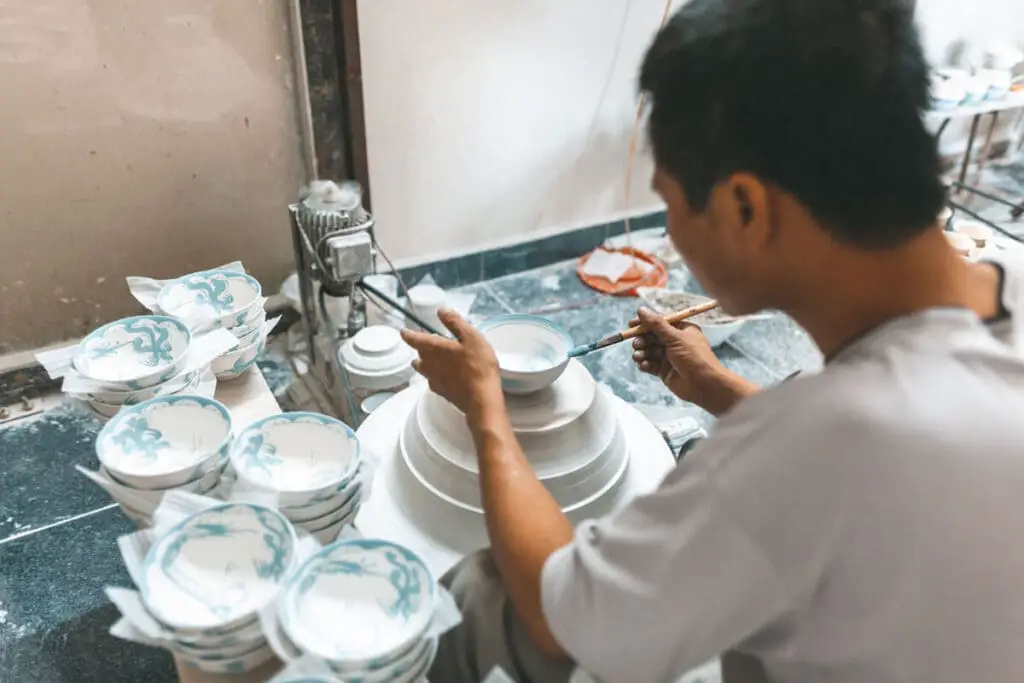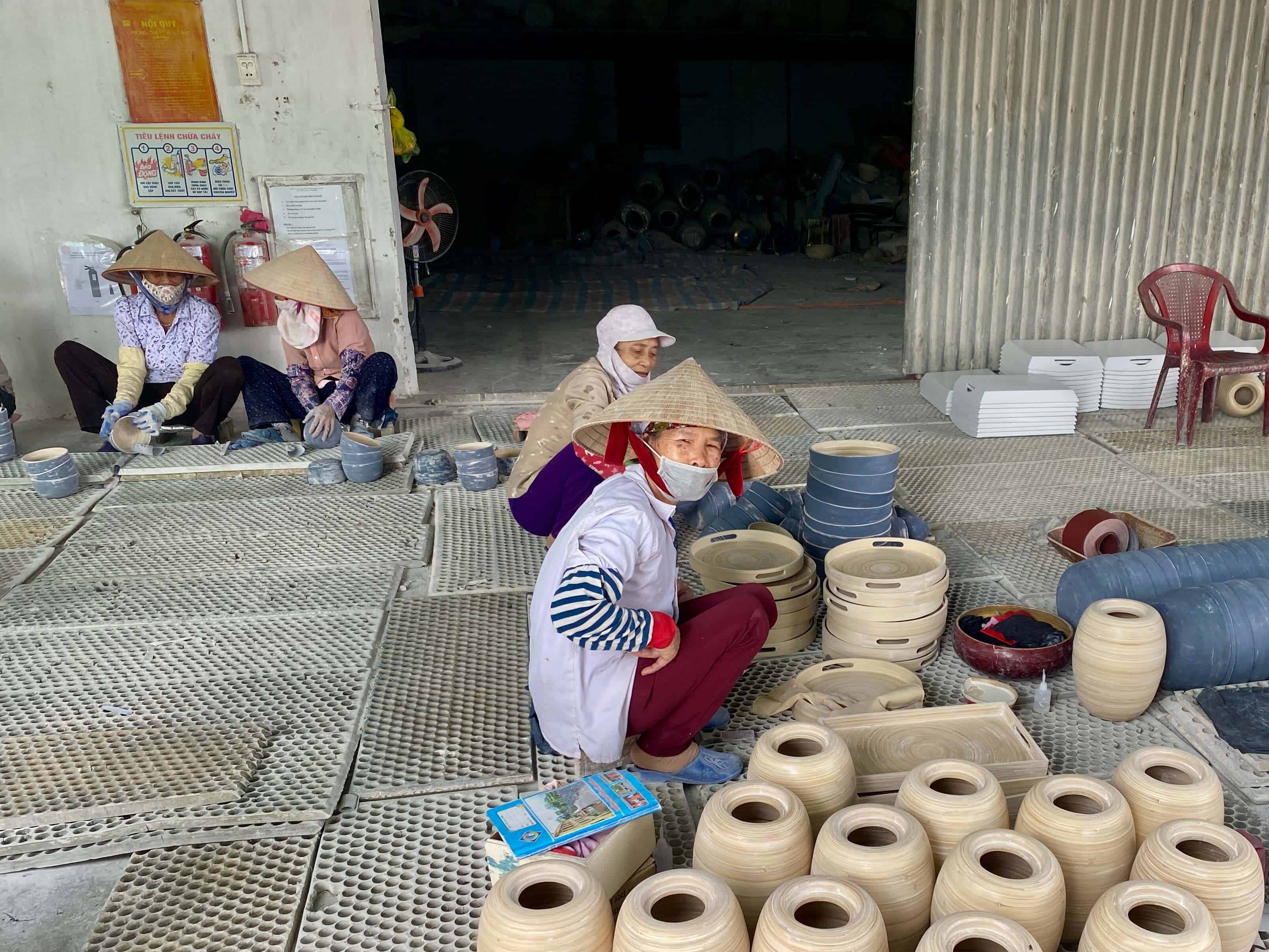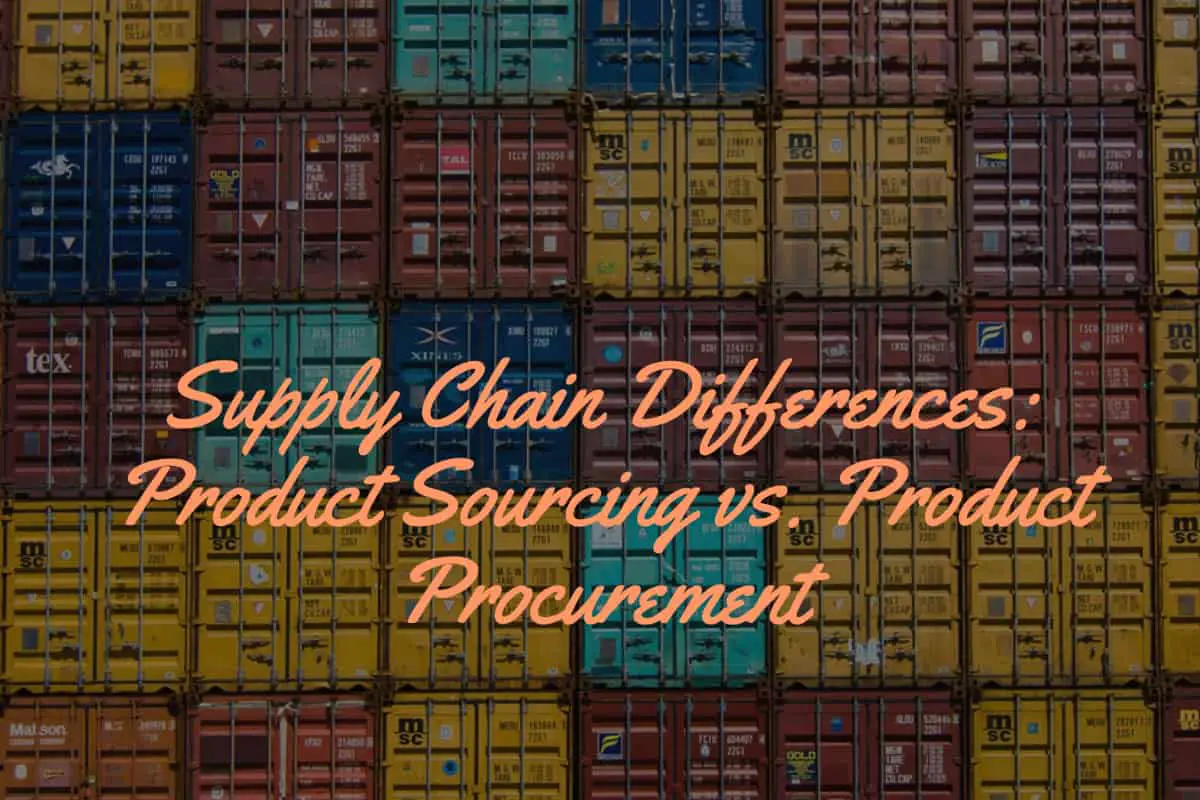When speaking about supply chain management, it can get confusing to understand the difference between product procurement and product sourcing. Product procurement and sourcing can seem to be the same thing, but there are some differences.
Product sourcing is obtaining or purchasing a product for your supply chain needs. Product procurement is the process that is put in place for the entire product, such as sourcing, purchasing, and delivery of the product. Both product sourcing and product procurement are essential parts of the supply chain.
Table of Contents
- What Is Product Sourcing?
- What Is Product Procurement?
- Product Sourcing Vs. Product Procurement
- Related Questions
What Is Product Sourcing?
Product sourcing is the process set in place for you to find someone to manufacture a product you need for your business operation. This could be a finished product or a part you need for manufacturing. Product sourcing is about the processes you set in place for you to find the products you need.
The word source or sourcing is defined as:
“..find out where (something) can be obtained.”
Oxford Languages
In other words, product sourcing is all about finding where you can obtain, manufacture, or purchase a product you need. It is something that is obtained from a particular source, such as another company.
The sourcing can be local or from overseas. The process for both local and overseas product sourcing would be similar.
How you source your products will depend a lot upon what type of quantity of products you actually need. For example, if you need to purchase 1 million pieces of an item, you can probably buy that directly from a manufacturer. But if you only need ten pieces of the same item, you may need to look to purchase that item from wholesale or even retail.
Your sourcing strategy depends on your actual needs and ability to sell that item. Most manufacturers want to work with someone who will buy a decent quantity of an item and not just one or two pieces. This is because it could take the manufacturer the same amount of time to manufacture one or two items as it would for them to make 100 or 1000 of the same item.
To learn more about Product sourcing and potential product sourcing errors, you can read our blog on 6 Common Product Sourcing Errors, What You Need to Know by clicking here.
Many larger companies will have sourcing teams within their larger procurement departments. This is because sourcing is a function of procuring a product you need in your supply chain.

What Is Product Procurement?
Product procurement is when a vendor delivers the product as part of your supply chain. This is considered an end-to-end purchase meaning that everything in the process is taken care of. You order the product, and the product is sent to you.
In product procurement, you and another party will agree to the terms of purchase for the product, and then the product will be delivered to you. The Oxford Dictionary defines procurement as:
“The action of obtaining or procuring something.”
Oxford Dictionary
It can be said that product procurement is the process of collecting all the data and information you need to purchase a product. For example, if you want to buy a table lamp for your collection, then during the procurement process, you will consider aspects of the lamp, such as what color of lamp you want to buy. What size does the lamp need to be? What materials should the lamp be made of? These are all the things you need to decide to purchase the lamp.

Procurement understands the product you are buying while at the same time making the deal about the product you are purchasing; in other words, it is about setting up the buying terms, the buying contract, agreeing to the purchase, and clearly understanding exactly what you need to buy and why.
In larger companies, purchasing and procurement may be two different departments. Usually, the purchasing department will not purchase an item unless those who are handling procurement have verified that the item can be bought and have advised who the item should be purchased from.
The procurement department usually has the authority from the business to make the deals for the purchase. This is why many times procurement is a senior-level position, and the purchasing function may be more of an administrative position.
Some very large companies may have the procurement function divided up into several teams or groups. How they divide it up can and will vary from company to company. But here are some ways it could be divided:
- Category Management Team – This team may look at what will be procured. How much can be spent and why? This can also be divided into things like direct category or products sold directly into a market or indirect as any product needed to bring the product into the market. Some companies will further separate out things like IT and Information services as they can be a highly complex procurement category.
- Sourcing Team – The sourcing team will locate the person or company producing the product they are looking for. They are the people who are doing the actual product sourcing.
- Supplier Maintenance Team – The supplier maintenance team will look at the suppliers to ensure they continue to produce and perform in the required way. They are the follow-up team that continues to procure and buy things that have been purchased before and maintain those supplier relationships.
In larger companies, the procurement department may report directly to the top leaders in an organization as the president. The procurement department may report directly to the chief financial officer or the CFO for other companies.
Who the procurement department reports to is not as important as the fact that anyone working in the procurement department must have the ability to be able to work well with many departments within an organization. This is especially true for companies that are very large and have highly complex procurement structures and procurement needs.
If someone is looking for a job in the procurement department of a very large company, one of the best things you can do is to ensure they have the relevant experience for the products they are looking to procure. This is because sourcing, purchasing, and procuring products requires technical or knowledge-base skill that requires the appropriate background.
In smaller companies, the person purchasing and the person procuring a product may be the same. This is especially true for someone who may be doing a small E-commerce site or another type of small business. The person who procured the item may also handle all the purchasing.
Product Sourcing Vs. Product Procurement
Product sourcing is about finding the product that you want to obtain. Product procurement is the entire process of procuring or getting a product. Product sourcing is usually a function that is within the actual product procurement function.
In other words, product procurement is about everything in the supply chain to do with a product, such as finding the product or sourcing the product, purchasing the product to having the product be delivered. The product sourcing function in the supply chain is within the actual product procurement. Product sourcing and product procurement are interlinked.

Product sourcing helps you to find the right products. Product procurement helps you have the processes in place to ensure that you can source, purchase, and maintain the products in your supply chain. Both are essential aspects of your overall supply chain strategy.
Find out more about how Mondoro can help you create, develop, and manufacture excellent home decor and furniture products – don’t hesitate to contact me, Anita. Check out my email by clicking here or become a part of our community and join our newsletter by clicking here.
Mondoro gives out a FREE Lookbook to anyone interested. You can receive a copy of our latest Lookbook by clicking here.
Listen to our Podcast called Global Trade Gal. You can find it on all major podcast platforms. Try out listening to one of our podcasts by clicking here.
Subscribe to our Mondoro Company Limited YouTube Channel with great videos and information by clicking here.
Related Questions
What Are Some Reasons to Understand the Culture of Your Product Sourcing Country?
It is essential to understand the culture of the country you are sourcing and purchasing your products from. Things you can do are: 1) check a map, 2) do your homework about the place you are buying from, 3) show a genuine interest in the country and culture, 4) try to learn a few basic words of the local language, 5) see a few of the cultural sites, 6) be adventurous in trying new foods, 7) ask intelligent questions about the country and 8) find topics of conversation that will reach out across the cultural divide.
To find out more you can read our blog on 8 Tips to Understand the Culture of Your Product Sourcing Country by clicking here.
How Do You Find The Right International Business Partner?
Finding the right international business partner can be very difficult as language, culture, and other barriers exist. But, there are things that you can do, such as ensuring you have the knowledge you need, also doing your due diligence, and finally, trusting the knowledge and experience of your local contacts.
You can find out more by reading our blog 3 Tips to Finding The Right International Business Partner by clicking here.


